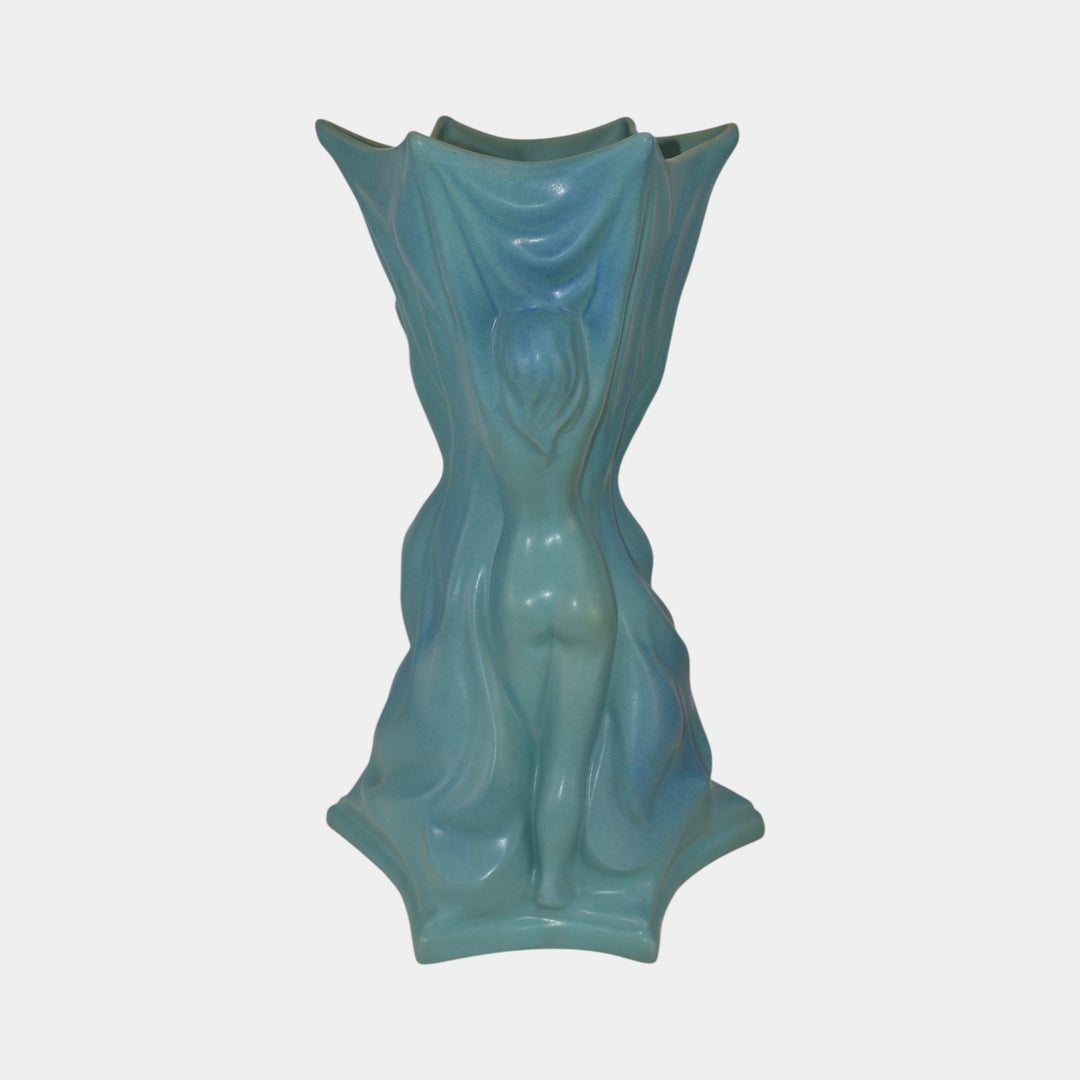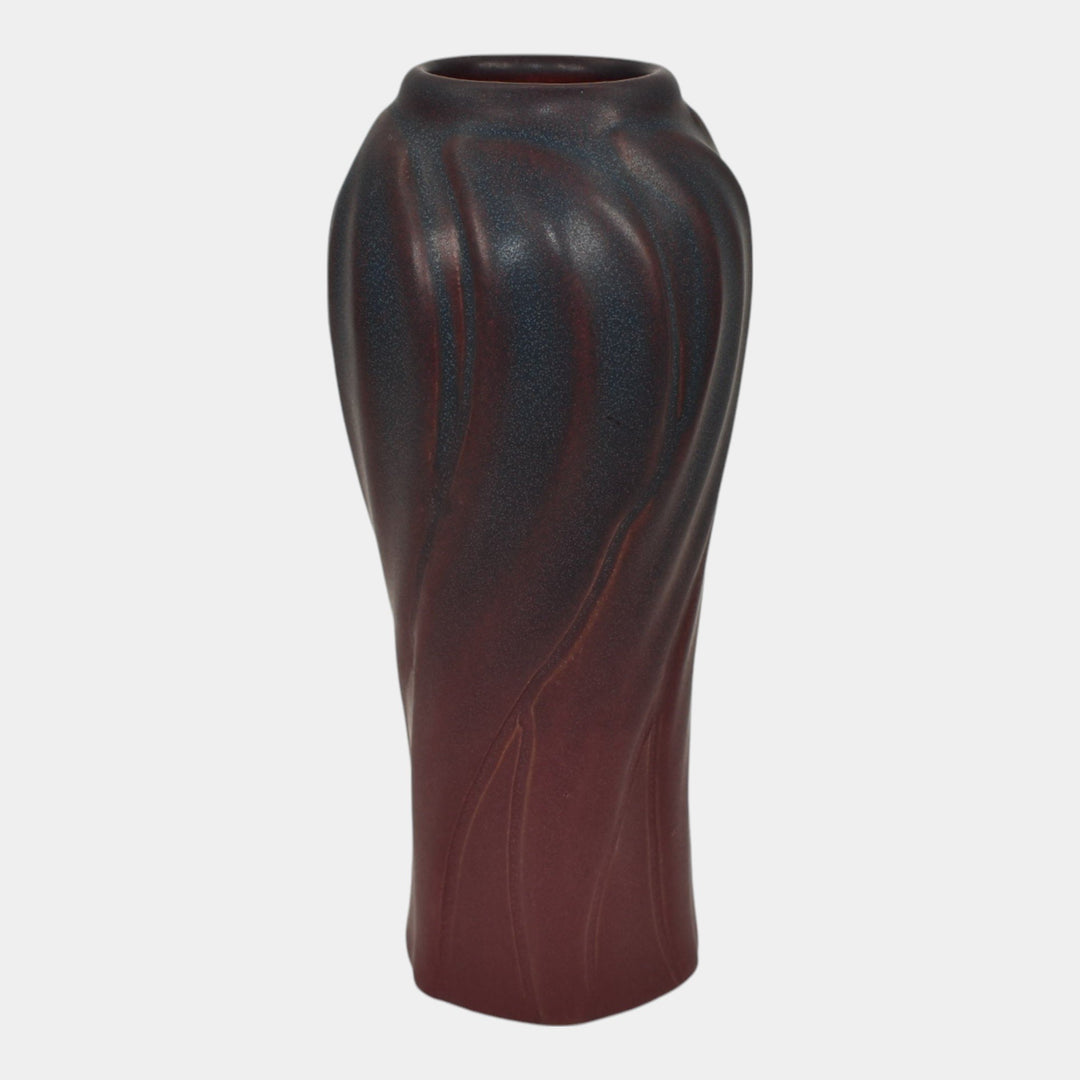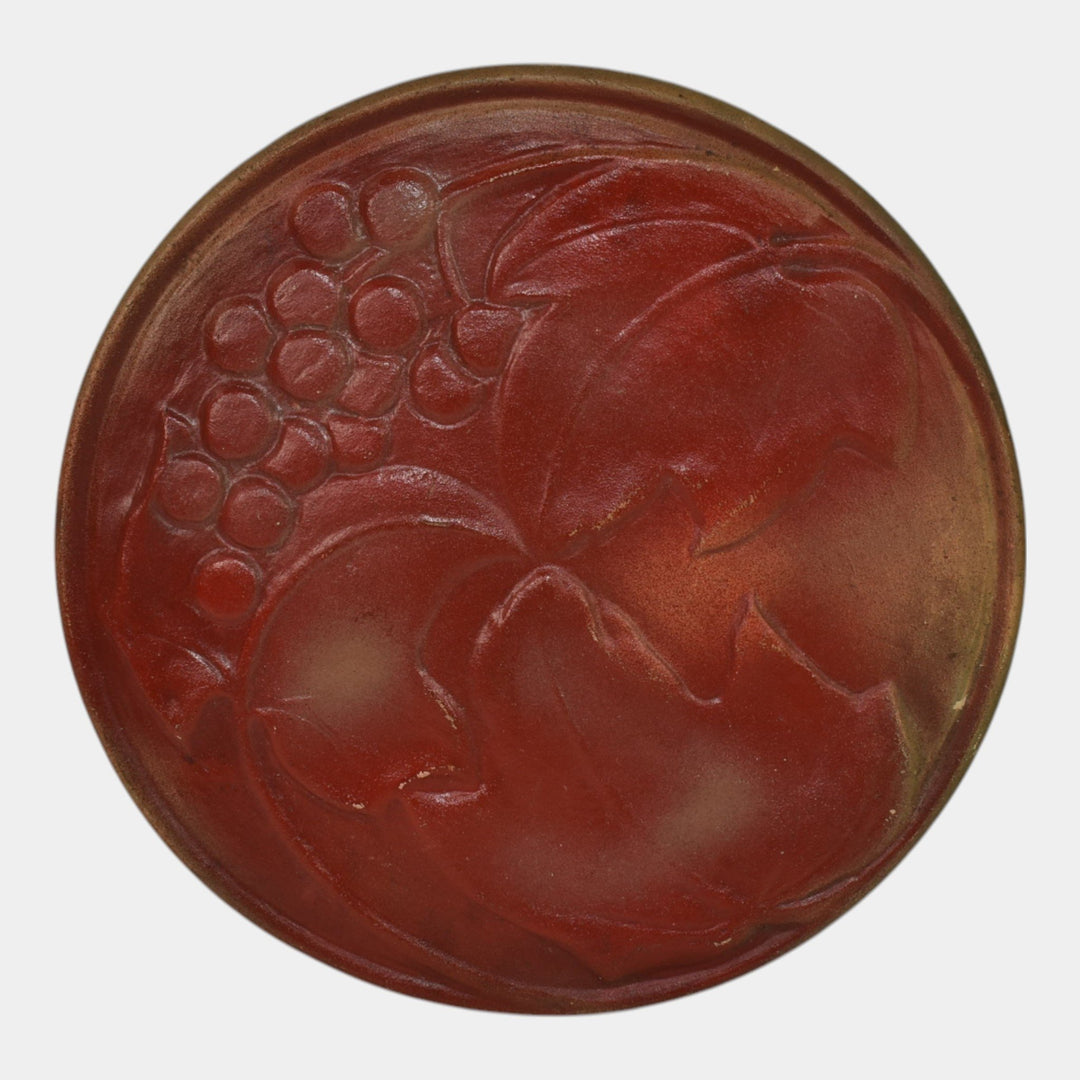About Van Briggle Pottery
In 1899, American Artus Van Briggle, already a famous painter in Europe, established his art pottery company in Colorado Springs, Colorado. Van Briggle began his career as an apprentice at the Avon Pottery company and later at the Rookwood Pottery Company where he became a leading decorator. Van Briggle married Anne Lawrence Gregory in 1902. Anne, an accomplished artisan, became adept at producing her husband’s glaze formulas. Artus died from tuberculosis on July 4, 1904. Anne continued to run the company until 1912. After changing hands several times during its history, Van Briggle Art Pottery Company finally closed its doors for good around 2014.


Van Briggle’s pottery glazes resulted from his quest to recreate Chinese Ming Dynasty matt glazes which had been lost for centuries. By 1900, he had perfected the recipe for these lost glazes. His matt glazes came in many colors: in early production ranging from greens, blues, browns and reds; until the late 1960’s, in yellows, maroons, whites, turquoise and currently in high-gloss browns, blacks and grays.
Van Briggle pottery was produced in molds although hand-formed pieces exist. Art Nouveau-influenced bowls, vases and pots came in many colors, sizes and styles. Special lines of Van Briggle pottery included various designs of figurals, lamps, paperweights, bookends, flower frogs and tiles among other useful, decorative wares.


An understanding of bottom markings, clay type and glaze color helps determine the age of Van Briggle pottery. Most are marked on the bottom with the double “A” logo (for Artus and Anne). Other marks include stamps for clay type and design, date marks, artist marks, the names “Van Briggle”, “Anna Van Briggle”, “U.S.A.” and abbreviated “Colo. Spgs” for Colorado Springs. Noted artists include Ambrose Schlegel, Clement Hull and Fred Wills.
[prc-collections-carousel]



















































